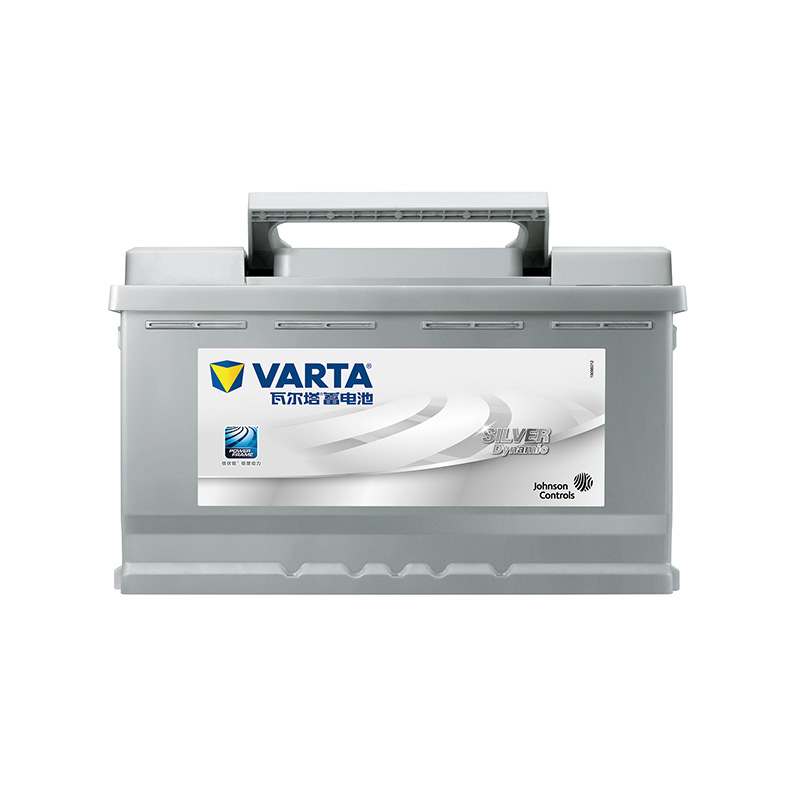NASA GIF shows extraordinary power of James Webb Space Telescope compared to Hubble
We can now see the (previously) unseeable.
NASA tweeted a GIF comparing the James Webb Space Telescope's new view of the Carina Nebula — a turbulent region of dust and gas where new stars are born some 7,500 light-years from Earth — with an image snapped by the legendary, over 30-year-old Hubble Space Telescope. The comparison underscores how the powerful Webb observatory can peer through once-impenetrable cosmic hazes.
"When you’re able to peer through the dust, that’s when you can reveal even more stars," the space agency tweeted on Monday.
SEE ALSO:What NASA actually said about the space rock that hit the Webb telescopeTweet may have been deleted
As the GIF shows, Webb's recent image of the Carina Nebula reveals a plethora of new stars and richer detail of the region's thick, swirling clouds.
Webb owes much of its unprecedented viewing ability to howit peers into the cosmos.Unlike Hubble, which largely views light that's visible to us, Webb is primarily an infrared telescope, meaning it views light in the infrared spectrum (on Earth, we can feel infrared light as heat). This allows the instrument to see far more of the universe. Infrared has longer wavelengths than visible light, so the light waves more efficiently slip through cosmic clouds; the light doesn't as often collide with and get scattered by these densely-packed particles. Ultimately, Webb's infrared eyesight can penetrate places Hubble can't.
"It lifts the veil," Jean Creighton, an astronomer and the director of the Manfred Olson Planetarium at the University of Wisconsin–Milwaukee, told Mashable last year.
Related Stories
- Webb telescope snaps thrilling images of Jupiter and hurtling asteroids
- Why the first Webb telescope image is so warped, twisted, and weird
- Spectacular Webb telescope image shows a stellar death like never before
- A NASA rover just found trash on Mars
- The mega-comet hurtling through our solar system is 85, yes 85, miles wide
The Webb telescope just began its science mission earlier this month. Astronomers also expect the observatory to unveil some of the earliest galaxies ever created (relatively soon after the Big Bang,) and reveal unprecedented insights into the alien atmospheres of far-off planets beyond our solar system (exoplanets).
You can view the Webb telescope's first images in this Mashable story.





